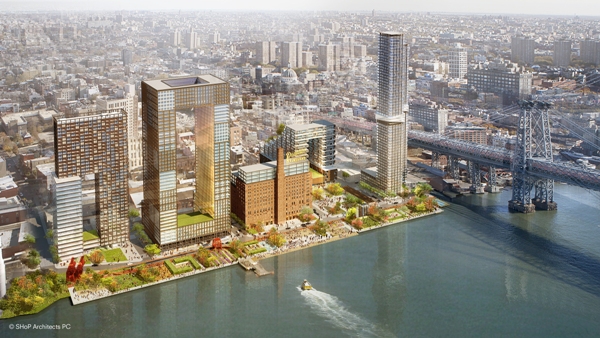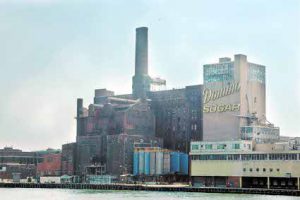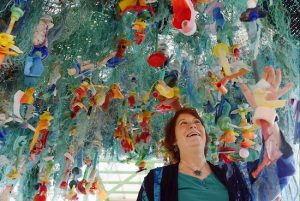
New Domino plan adds parkland, stores, offices; changes send project back to ULURP

In doing so, it will have to “crunch” the residential component, making the buildings somewhat taller, according to Lisa Schwert of SHoP Architects, the designer of the new proposal.
And because the plan has been substantially revised, it will have to go again through the city’s time-consuming Uniform Land Use Review Process (ULURP), even though the CPC proposal was already approved, adds Jed Walentas, principal for Two Trees.
The Domino Sugar Refinery in Brooklyn was built in the 1880s, with more buildings added on over time. At one time, it was the largest sugar factory in the U.S. The company was sold to the British firm Tate & Lyle in 1988, and soon began downsizing operations in Brooklyn. After a series of bitter strikes, the company closed the Brooklyn refinery in 2004. Another Domino sugar refinery in Baltimore is still active.
Leave a Comment
Leave a Comment




